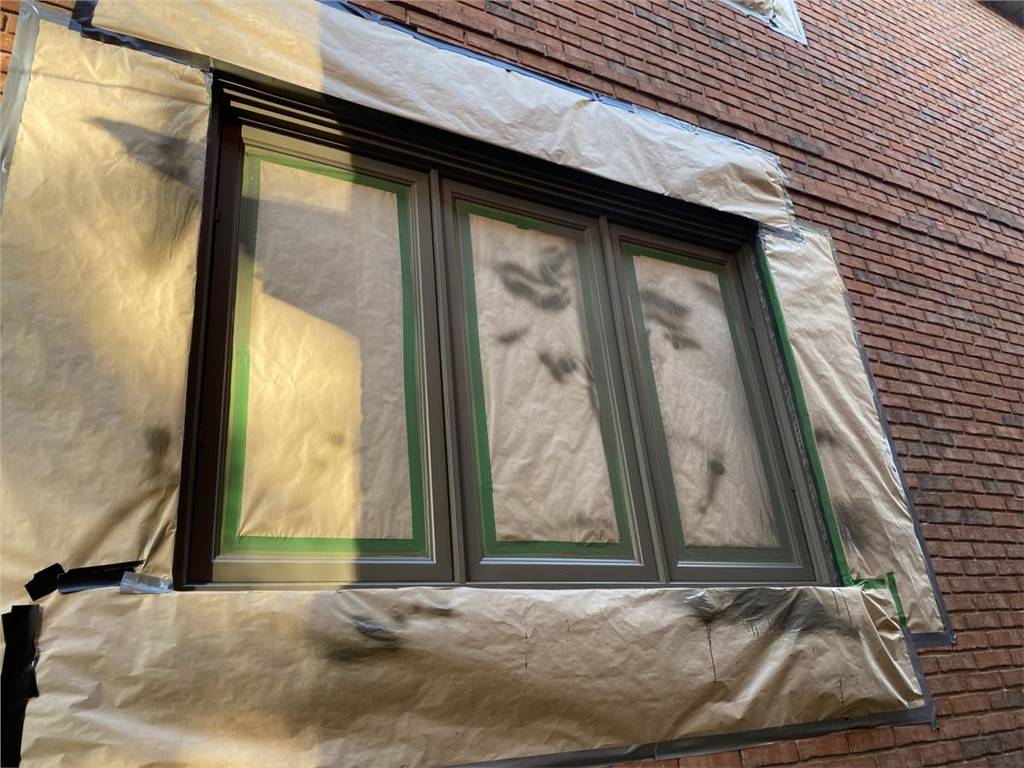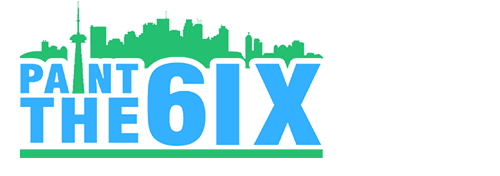
What Causes Paint To Bubble, Crack And Peel?
Houses need painting every few years to protect them from the weather and keep them looking nice. But sometimes, the paint will start to bubble, crack and peel soon after it is applied. So what causes this? And more importantly, how can you prevent it from happening? Read on to find out.
Why Does the Paint Bubble?
There are a few reasons why paint might bubble on a wall. One possibility is that the paint wasn't properly mixed before application, causing it to separate and form bubbles. Another possibility is that the surface wasn't properly prepared before painting, causing the paint to not adhere correctly and bubble up. Finally, it's also possible that the paint was applied in too thick of a layer, preventing it from drying correctly and causing bubbling. If you're experiencing this problem, consult with a professional painter to determine the cause and find a solution.
The best way to prevent paint from bubbling on the wall is to ensure that the surface is properly prepared before painting. Make sure to clean the surface thoroughly and remove any dust or debris. Another tip is to use a primer before painting, which will help create a smooth surface for the paint to adhere to. If you do see bubbles start to form, you can try popping them with a needle and then smoothing out the area with a paintbrush.
Why Does the Paint Crack?
There are a few reasons why paint might crack on a wall. One reason could be that the surface wasn't properly prepared before painting, causing the paint to not adhere well and eventually crack. Another possibility is that the paint used was of poor quality, meaning it wasn't meant to last long and started cracking soon after being applied. Finally, extreme temperature changes can also cause paint to crack, as the different temperatures cause the paint to expand and contract at different rates, eventually leading to cracks.
There are a few things you can do to prevent the paint on your walls from cracking. First, make sure that you clean the walls before painting. This will remove any dirt or debris that could cause the paint to crack. Second, use a primer before painting. This will help to create a smooth surface for the paint to adhere to and will also help to fill in any cracks or imperfections in the wall. Finally, be sure to use a high-quality paint. Cheap paints are more likely to crack than higher quality paints. Following these steps should help you prevent the paint on your walls from cracking.
Why Does the Paint Peel?
There are a few reasons why the paint on a wall might peel. One possibility is that the wall wasn't properly prepared before painting, which caused the paint to not adhere correctly. Another possibility is that the paint was of poor quality, which also caused it to not adhere correctly. Finally, if the room experiences drastic temperature changes (for example, if it's very cold in winter and very hot in summer), that can also cause the paint to peel.
There are a few things you can do to prevent paint from peeling on your walls. First, make sure that the surface is clean and free of any dirt or debris. Next, apply a primer before painting to help the paint adhere better to the surface. Finally, don't forget to properly seal the paint once it's applied. By following these simple tips, you can help ensure that your paint job will last for years to come.
Hire a Professional Painting Company to Avoid Such Problems:
The 6IX Painting is a professional painting company that offers high-quality products and services at an affordable price. Our crew is experienced and skilled, and we can paint anywhere you want without any problems. The paint will not bubble, crack or peel after we are done, so you can be sure that your investment is well worth it. Contact us today to learn more about our services and to get a free quote!



